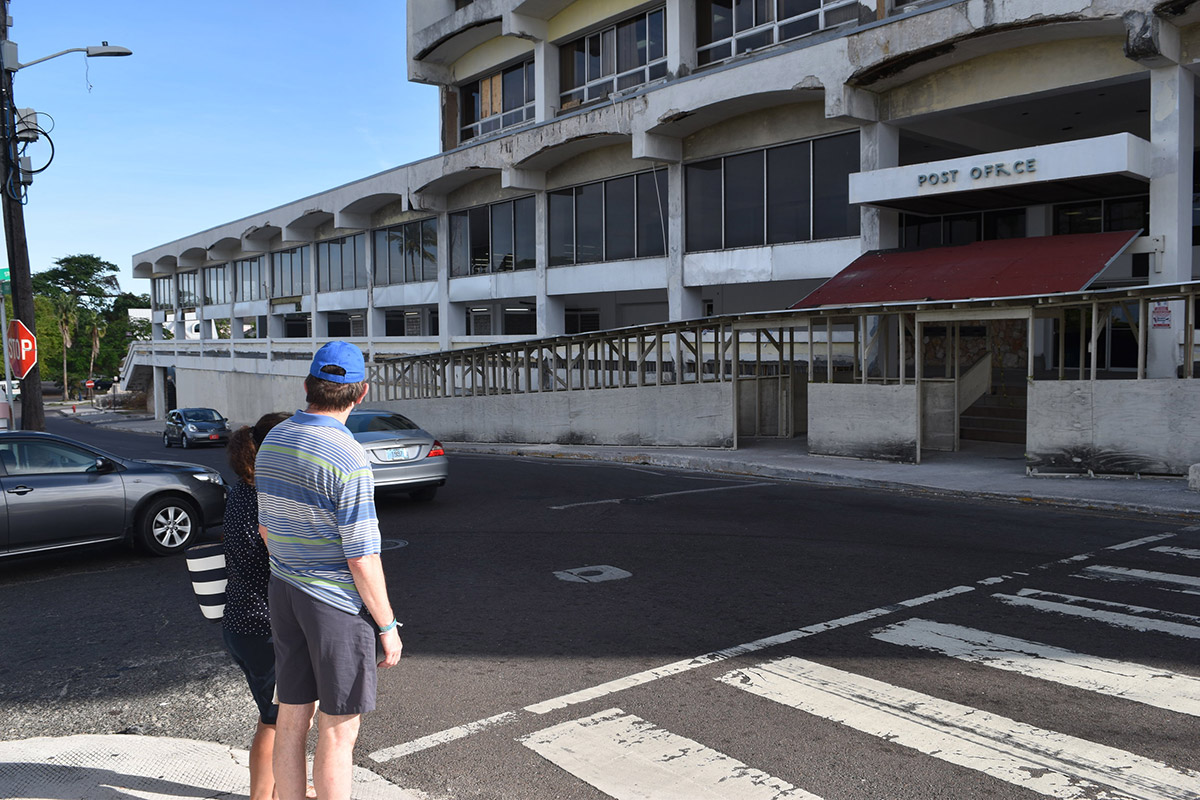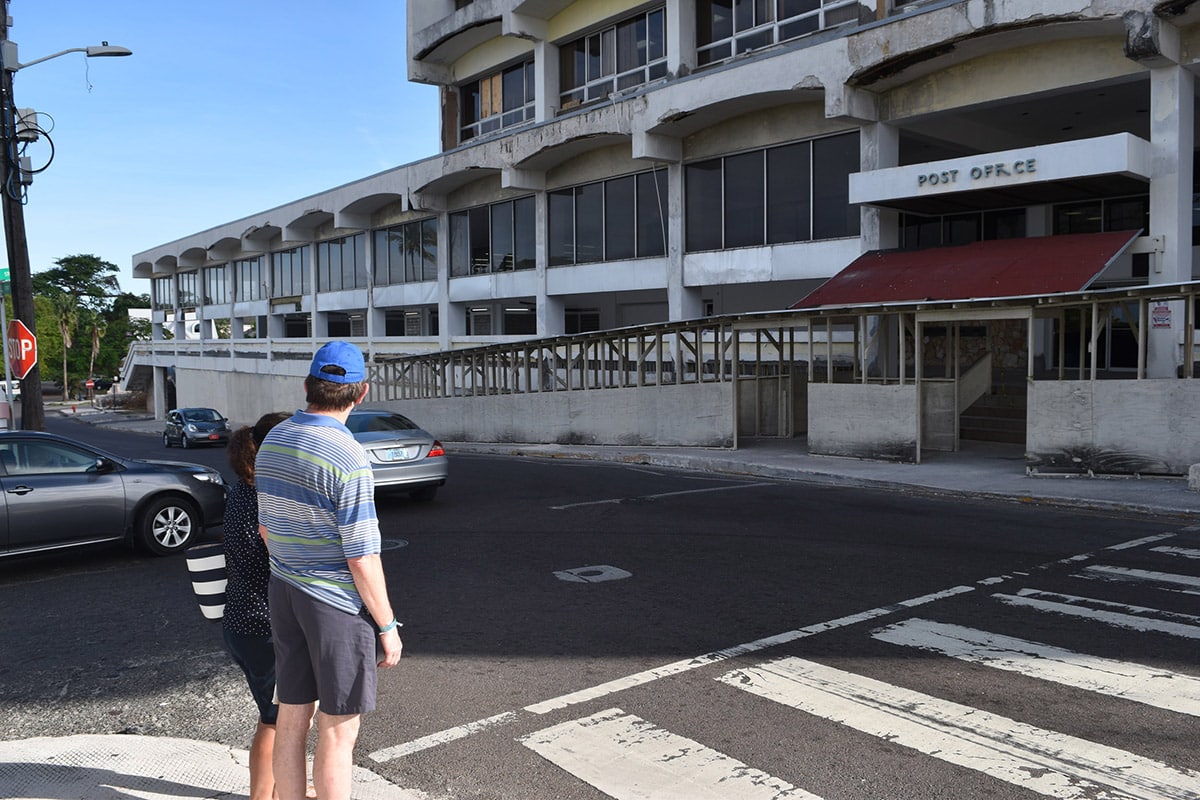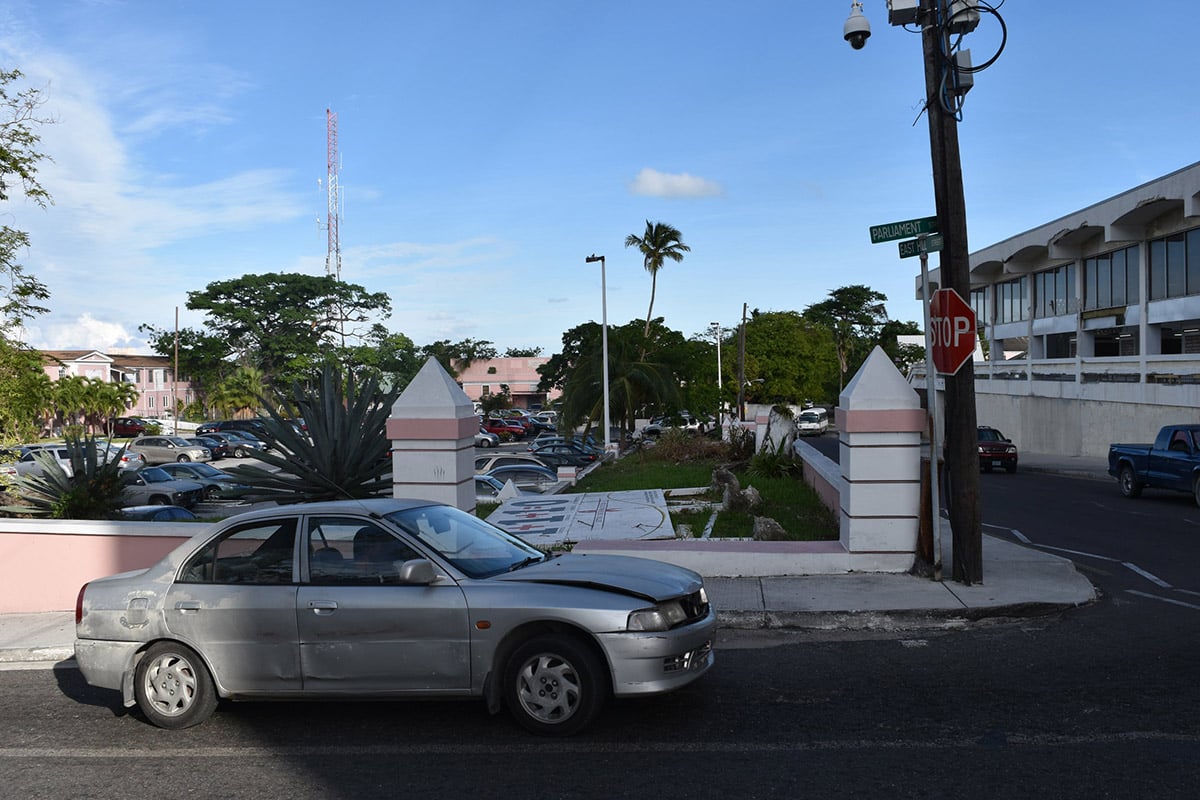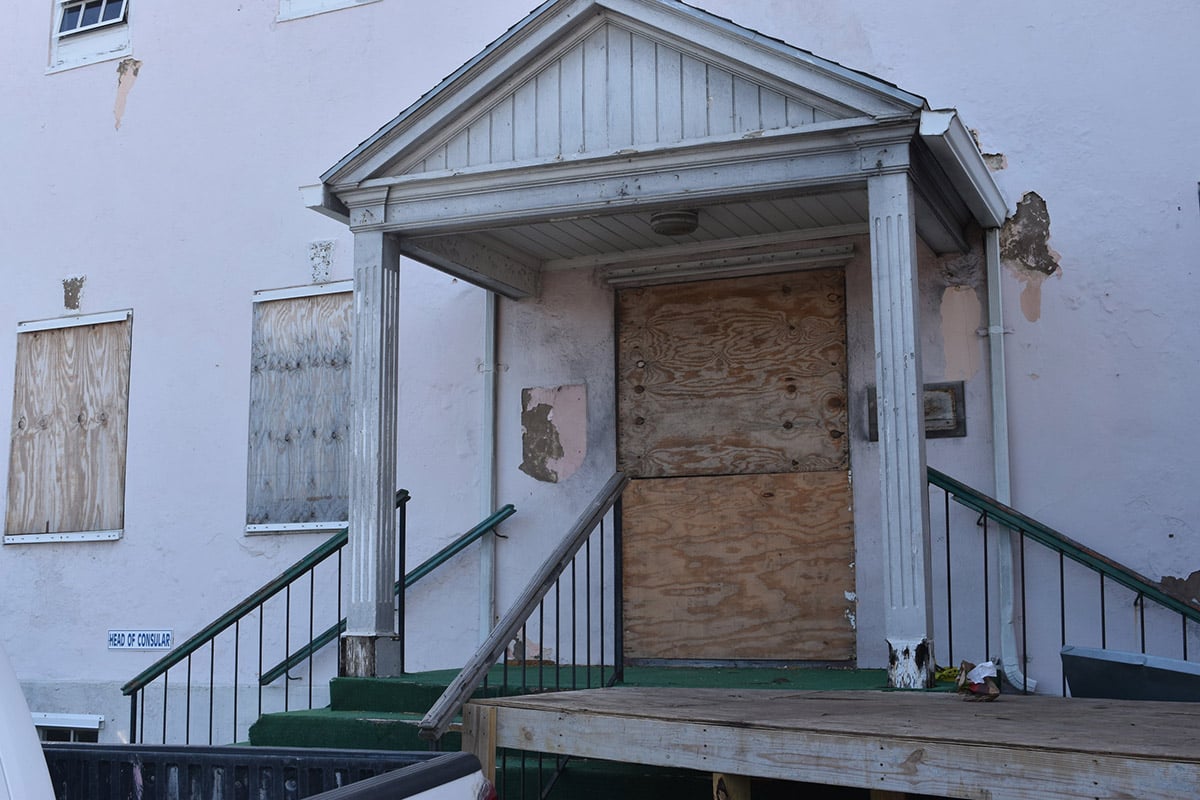
If you think about Hip Hop in The Bahamas, ‘Who Let the Dogs Out,’ is the tune that springs to mind. However, the glory days of Nassau seem to be far behind us. We have spent so much time developing an image of what we think we should look like, that where we live has become an eyesore. Following tourists around the island or just the town, we can see through their eyes and the culture that we as locals see and live in, is not necessarily what they are seeing.
Over recent years we know that they risk life and limb, according to the reports of crime, the cruise ship warnings and other scary recountings of holidaying in Nassau. We are a tourist destination. According to the Minister of Tourism, our culture is tourism. Given this fact, it seems propitious to understand what tourists see when they travel to the capital. As a place of exotic allure, we imagine that tourists would be swept away by our beauty, human-made and natural.

However, the facts seem to show otherwise. In the 1970s, The Bahamas or Nassau boasted peaceful, though not idyllic roads and walks for tourists and locals alike. Much was changing by the late 1970s and modern buildings were being erected around the city and in its suburbs. Independence held promise. The new nation was bursting with energy and pride. Some were skeptical; others were convinced that it was all a smooth road ahead. Sadly, with much change came much loss and the potholes and trenches began to open. The thought behind this week’s focus on culture is that we so often say that tourism is our culture, yet we have become a place with little to no or a watered down culture and where tourists wish not to come. Bay Street does not define t tourism or the limits of where tourists shall venture. We want tourists to come, but we do not welcome them.
I have used Dr. Krista Thompson’s An Eye for the Tropics a few times in this section, but it seems pertinent to compare that with the reality that faces us. We sell ourselves as Sun, Sand and Sea, but the culture of Nassau is rapidly dying. The buildings that rose as beacons to a new nation and the agency it had are decayed and are on the verge of collapse. The image of a tourist destination does not lend well with the decrepit decaying sites around us. We so often talk about how important culture is, but we have done nothing to preserve it, and what has been done, is poorly planned, poorly executed or unimaginative. We are currently living in the visual ruins of independence.

The one aspect of Bahamian tourism that is flourishing is the area controlled by Foreign Direct Investment or the resorts. Perhaps when we move out of collapse and decay, social systems will begin to function better. As tourists wander around Nassau, what they see is not only unsatisfactory but revolting enough that they choose not to land when on cruise ships, and venture to other shores when they select stay over travel. Much can be said, at the same time, for the Historic Charles Towne development along West Hill Street and West Street as well as into Delancey Street. The public/private nature of this venture has a tremendous amount of power and with it the hope to bring back some of the old-time charm and order to Downtown Nassau.
Otherwise, walking along East Hill Street, or even East Bay Street we see decay, rot, and dilapidation. In walking tours of historic buildings, we can see the old Nassau, its glory or splendor now lost in car parks, fallen trees, destroyed gardens and abandoned buildings that have been condemned. The old, historic East Hill Club is one such building. Taken over by the government, it once housed the Ministry of Foreign Affairs Consular Section, but we seem to destroy whatever we touch when it comes to historic buildings. If we are to boast about being a tourist culture, why not actually preserve the history and promote the conservation of old buildings?

Buildings speak to a history, a culture and a way of life. While culture is a part of the life of a country or city, the buildings are an intimate and essential part of that. The government argues that tourists want to come to Nassau. They bring in millions of dollars to the national coffers. The space into which we want them to venture is grim and uninviting, even for those who live in it—who are often disregarded. We need to rethink our model of tourism. We also need to reinvent ourselves as a place where we would like to live, where we are welcome in the nice places, where we do not work in decaying ugliness that leads to national deterioration. While real investment in national pride strengthens the tourism market, it also promotes real buy-in from residents. When we live in decay, we behave the same way.
How much more value can we get out of tourism by really investing in Nassau and promoting small businesses like walking tours, garden cafes, and tea shops along with waterside bars? The longer we take to change the model of rot, the harder it is and the worse the actual situation gets. Why travel to downtown Paradise to see decay? Is it not better to remain locked in a resort or on a ship?
It’s articles like this that really destroys the "beauty" of the BAHAMAS. Tourists DO see the rich history and friendliness of appreciative Bahamians. It’s the Bahamian who desires to be like their rich US neighbour without having to work for it who do not see it.
Comments are closed.